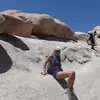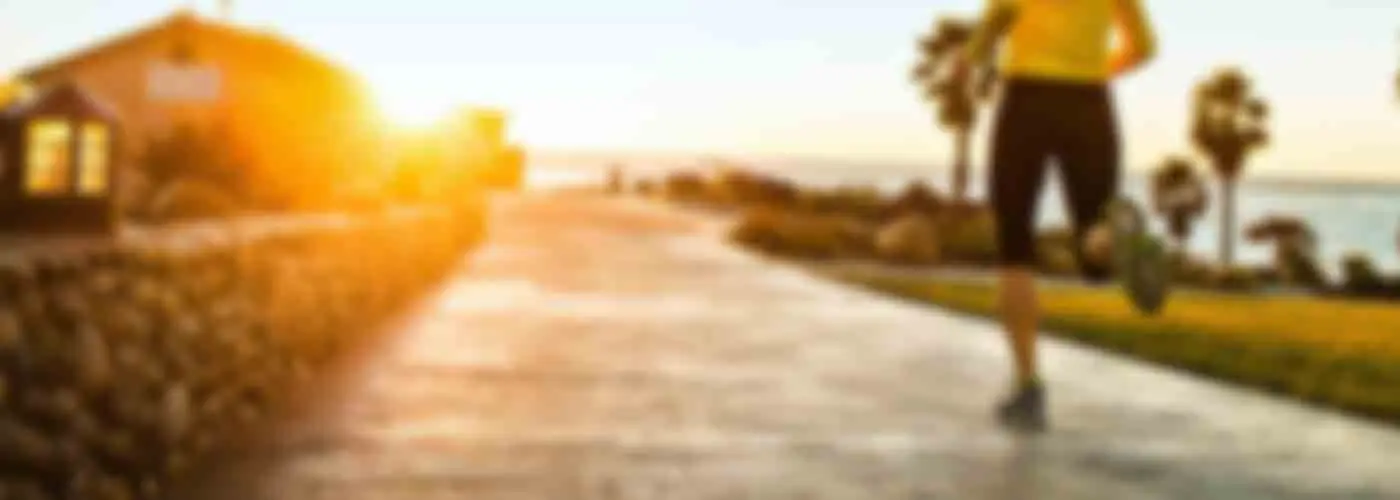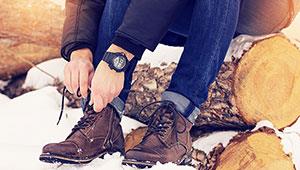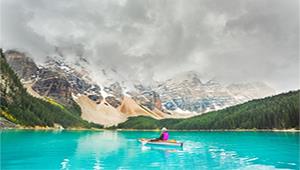
You’re ready to take a vacation, get away from it all, and enjoy the simplicity of nature. But you’re new to camping and don’t know how to plan a camping trip. No worries, you’ve come to the right place.
In four simple steps you’ll be driving out of town with the windows down and bliss just a short drive adway.
Step 1: Decide What’s Important in a Camping Experience
The first question to ask yourself is: “what do I want to do, exactly?” This will dictate where you should go, and what you’ll look for in a campsite. Some things to consider, include:
- Activities: Do you want to go hiking? Rafting? Biking? Look for a campsite that has easy access to your favorite outdoor activities. If traveling with a family, you should look for playgrounds and kid-friendly places nearby.
- Tent or RV: Do you have an RV or will you be tenting? It’s important to find a campground that has the right space for your vehicle.
- Rough it or Camp in Style: Bathrooms, electric hookups and running water on site are not always a given. Details like this cannot be overlooked in the planning stages.
- Group Camping or Solo: Think about the number of people in your group, and their varying interests. If you have a small group, a single campsite might do. If you’re traveling with a larger group, a family cabin might be what you need. Also find out what everyone’s expectations are so you can find a spot that everyone will be happy with.
Step 2: Reserve Your Campsite
Once you’ve determined what you want out of your camping trip, the hunt for the perfect campground begins. Here are some tips to find the perfect site:
- Seek out suggestions from friends.
- Read descriptions on ReserveAmerica.com and other campground websites.
- Call the campground directly for more details, or to address questions or concerns.
Booking your campsite is a simple two-part process:
1. Check availability—busier times of the year, which include summer and the surrounding holidays, may require you to book a few months in advance.
2. Take the convenient route and book your campsite online. Simply choose the dates, the campsite you want, and reserve your spot.
Step 3: Plan Your Menu
When planning a camping trip, the menu is often the most daunting. But preparing meals outside is not as limiting or difficult as it may seem; from steaks to omelets and pasta, you can cook it all with the right tools and storage.
- Prep: While a lot of things can be done at the campsite, prepping a few things at home can save time and effort in the outdoors. For example, you can chop fruits and veggies and slice meat at home. Be sure to place food in smaller containers to create more room in the coolers, and soak protein in a bag with marinade for easy transport.
- Spice it up: Just because you’re eating outside, doesn’t mean you can’t use your favorite spices. Remember to pack the basics like salt, pepper, oil or cooking spray, and any additional seasonings you like to use.
- Food storage: Your menu will likely require foods that need to stay cold. Plan to arrive with ice-filled coolers, but inquire with the campground beforehand about whether they sell ice or if you need to travel elsewhere to replenish your supply. If you don’t have easy access to ice, consider serving the perishable foods within the first few days.
- Cooking tools: More often than not the fire pit comes with an attached grate, which allows you to cook over an open flame. However, consider bringing a camping stove with propane as a backup, or for cooking items that don’t fare as well over the fire. Other important kitchen items include knives, tongs, utensils, spatula, sealable containers, tinfoil, pots, pans, dishes and cups.
Step 4: Pack Your Gear
It’s always good to have a camping checklist on hand so you don’t leave any essentials behind. You can print ours to make the process easier, and add to it over time.
Here are a few basic necessities to get you started:
Shelter: A tent is a must but you might also want a pop-up gazebo for extra shade. Along with these you should bring tarps and extra ropes or bungee cords.
Sleeping: Depending on your sleeping situation, you’ll need sleeping bags, pillows, blankets, camping mats and air mattresses.
Miscellaneous: Don’t forget trash bags, toothbrushes, toothpaste, first aid kit, warm clothes, thermos, waterproof matches, maps, water bottles, logs, paper towels, napkins, soap and a tub to wash dishes in.
Finally, be sure to tell someone where you’ll be and when you plan to be back. It’s important that someone knows when they can expect to hear from you and where to find you should anything out of the ordinary happen.
When it comes to planning a camping trip, there are a lot of details to dial in. These four steps can help make it easy and manageable until you fall into your own rhythm. So, get your bags packed, hop in the car, and enjoy your trip.
Related Articles:
 Book your next camping trip
Book your next camping trip
About the Author










Discuss This Article